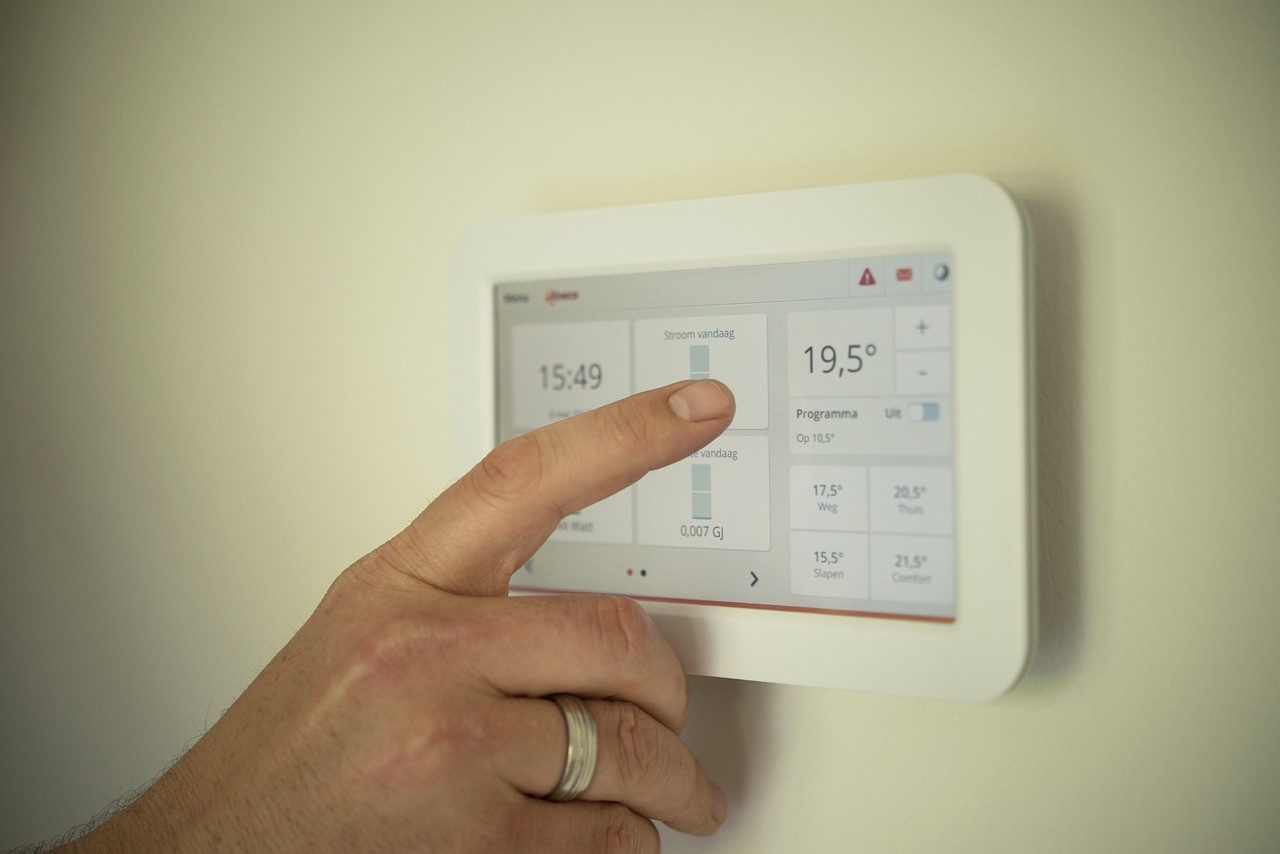Is your HR admin team finding it hard to have time for anything but payroll? Do you struggle to keep track of remote workers’ hours? Do you find your payroll or timesheets are full of costly errors?
The solution is likely a clocking system. Offering smart solutions to time-tracking issues, clocking systems and absence management software can streamline your HR processes, from tracking staff absences to shaving hours off payroll time.
A clocking system is a method of recording when employees start and finish work and which days they show up to work. This system allows employers to accurately track the number of hours worked, and when a clocking system has a payroll integration, these hours can automatically update the payroll system.
Modern clocking systems typically use biometric information such as fingerprints, facial ID, or GPS-enabled tracking to ensure that the information is accurate.
Clocking systems are used across various industries in order to:
Wondering whether you need a modern clocking system or absence management software? Here are the business problems they solve.
Time theft is when a worker claims pay for hours they didn’t work. Buddy punching, while not common, is a practice where one worker will clock in for another, so the other worker can claim pay for hours they haven’t worked. This can lead to inflated wage bills, costing your business a significant chunk in the long run.
Modern clocking systems use GPS tracking or biometric technology like fingerprint scanners to keep track of hours worked. Thanks to the sophisticated technology, workers aren’t able to fool the clocking systems, meaning you’ll have accurate, tamper-proof data.
One of the biggest difficulties for management in the modern workplace is tracking the hours of remote workers. Aside from checking their online status on tools like Microsoft Teams, it can be tricky to know whether all the hours they’ve ‘clocked in’ for are spent at their desk or elsewhere.
That’s where clocking systems and absence management software come in. With clocking systems that are biometric or GPS-enabled, workers can clock in from home, so you’ll know exactly what hours they’re working.
Want extra peace of mind? Many time and attendance systems actually give workers the ability to upload details of which project they’re working on at any given time, so you can make sure that they’re not just sitting at their desk; they’re working there.
It’s no secret that manual timesheets are prone to human error. Staff can forget to clock in and out, guess their hours, or round up in the hope of a little extra on their pay packet.
Modern clocking systems record the exact time to the minute that a worker starts and finishes work, as well as breaks, overtime, and days off. Your timesheets will be automatically filled in with the correct information, removing the margin of error and ensuring you’re not paying out more than you need to.
For many HR and admin teams, payroll is one of the most time-consuming tasks. Since clocking systems provide you with accurate data, a system that integrates with payroll can upload and update this data automatically, saving your payroll team hours of manual work.
UK businesses must comply with working time regulations, including laws around breaks, annual leave, and working hours. In the case of an audit, you’ll need to be able to present accurate data to show that you’re compliant.
Clocking systems automatically record, log, and store this data, making it easy to demonstrate compliance with labour laws to external agencies.
Clocking in systems offer a wide range of benefits for employers, including accurate timesheets, reduced payroll time, and financial savings from not paying inflated hours.
The better compliance offered by clocking systems ensures you have the records you need for an audit, while remote clock-in options mean you can allow your workforce to work remotely with peace of mind.
Remote workers can use Computime’s app to clock in remotely, with GPS-enabled tracking to ensure they’re in the right place at the right time. The app can also be used to record travel time to and from meetings.
Absence management software gives you an overview of holiday requests and approvals from one dashboard, offers in-depth reporting on staff absences, and allows you to compare with the national average of absenteeism in line with the Bradford Factor.
Computime’s absence management software gives you an insight into absenteeism patterns, allowing you to take control of your business.
With a range of clocking-in machines using biometric data, GPS, or classic card and fob solutions, Computime is the go-to in all things time and attendance management.
